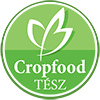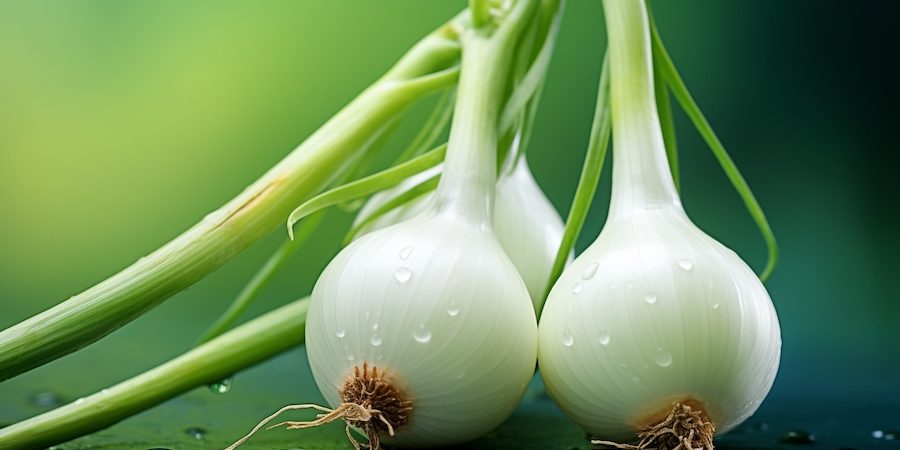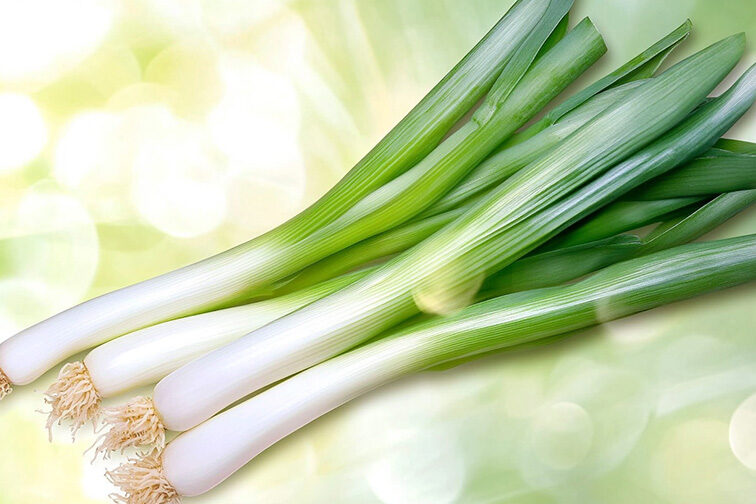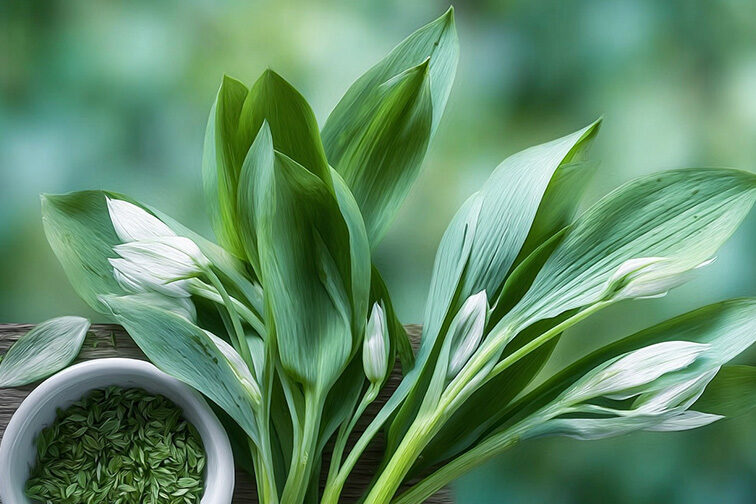With the support of our stable Hungarian producer base, this vegetable is always available in high quality in our wholesale assortment – ask us for an offer!
Cooking onions, also known as red onions, are one of the most popular and widespread vegetables in Europe and are essential in the cuisine of most nations. Allium cepa (Allium onion) is one of the oldest cultivated plants, with a history dating back to ancient Egypt and Mesopotamia, where it was used not only for food but also for healing and religious rites. It was introduced to Europe by the Romans and spread rapidly across the continent.
It also has significant health benefits, being rich in vitamins (vitamin C, B vitamins), minerals (potassium, calcium, magnesium) and antioxidant compounds (such as quercetin) that strengthen the immune system, have anti-inflammatory and antibacterial effects and help cardiovascular health.
It is an economically important vegetable in Europe, with millions of tonnes produced every year. Among the largest European producers are the Netherlands, Spain and France, and it is also widely grown in Hungary, mainly in and around Makó.
Specificities of its production
Cooking onions are mainly grown outdoors in Europe, although in some places they are also grown in greenhouses or in foil for early or late harvesting. The season for cooking onions in temperate regions lasts from spring to autumn, with harvesting typically taking place in late summer to early autumn. In Hungary, they are mainly harvested from August to October and are a year-round domestic product if stored properly.
Most of the year you can find Hungarian onions on the shelves, but from late spring to early summer you can often find imported products, mainly from the Netherlands or Spain.
How to choose good quality spring onions?
Choosing good quality onions is relatively easy if you keep a few things in mind:
- The onion should be firm to the touch, with no bruising or soft spots.
- The outer skin should be dry, smooth and papery.
- Avoid onions that have started to sprout, as they can taste bitter and have a woody texture.
- Too large, over-ripe specimens are often less aromatic, so choose medium sized ones.
How to use onions in the kitchen?
Onions are an essential ingredient in countless dishes. Usually chopped and roasted, it is an excellent base for soups, stews, stews and sauces. It can also be used raw in salads, hamburgers or caramelised for a sweet taste. It also makes a delicious accompaniment to a variety of meats or cold dishes.
How to store after purchase?
Store the onions in a cool, dry and well-ventilated place. The ideal storage temperature is between 5-10 °C. Avoid a humid environment, as this promotes mould growth and rotting. Never store in plastic bags, but rather in mesh bags or baskets where there is good air circulation. This will keep it fresh for several weeks or months.
Interesting facts about cooking onions
- Mako is one of Europe’s best-known onion-growing regions, and its onions are known for their world-famous taste.
- The tearing effect of onions is due to the sulphur compounds they contain, which are released when they are cut.
- In the Middle Ages, onions were used not only for food, but also for medicinal purposes, such as disinfecting wounds.
Tips for using spring onions
- If you want to avoid tearing, refrigerate the onions for 15 minutes or cut them with a sharp knife to reduce the amount of juice that can escape.
- When making caramelized onions, cook them over a low heat for a longer time to get a more intense and sweeter flavour.
- You can also add them whole to meat soup or vegetable stock, for a more flavoursome and cleaner soup.
- For onion soup, use more than one type of onion (for example, purple and red onions together) for a richer taste experience.





